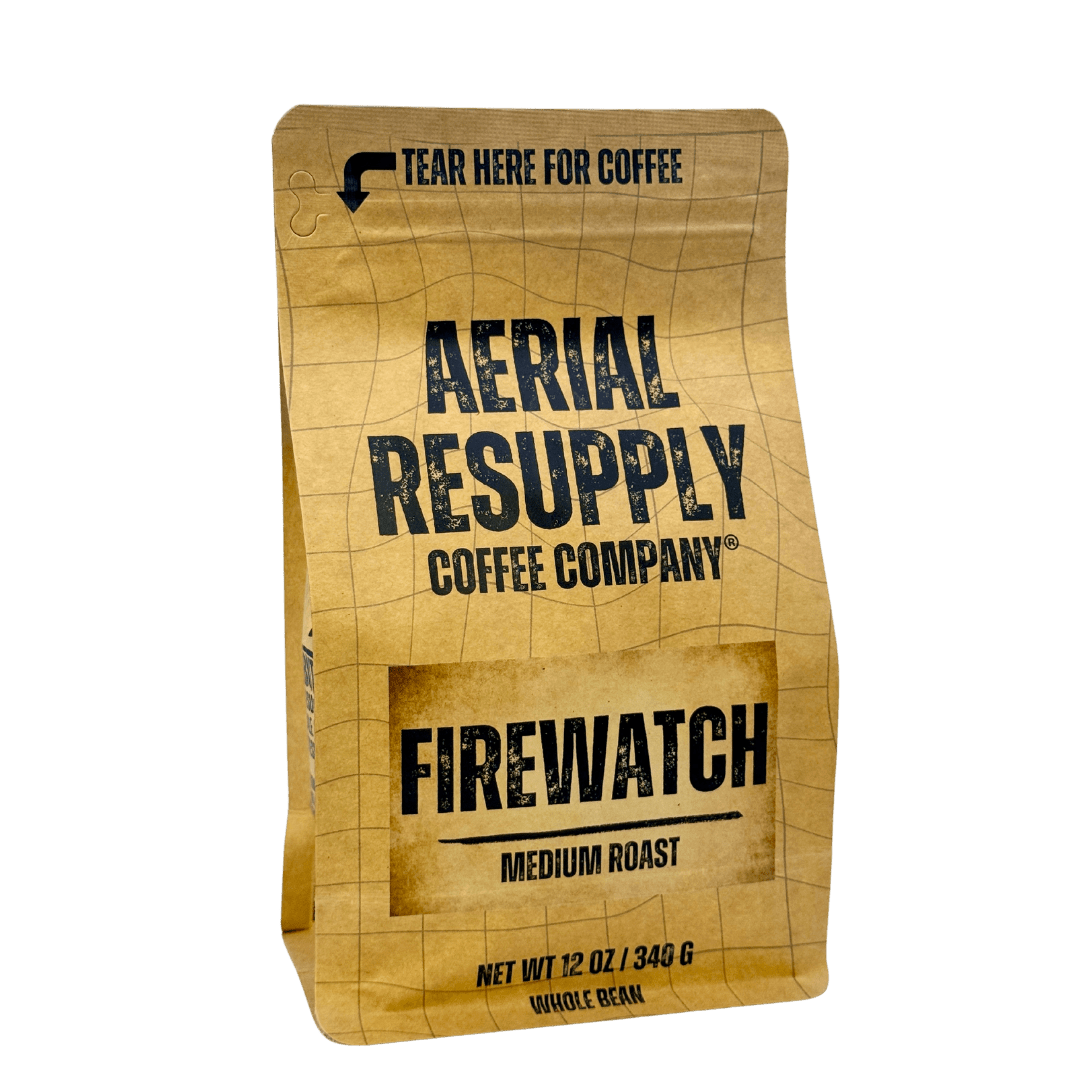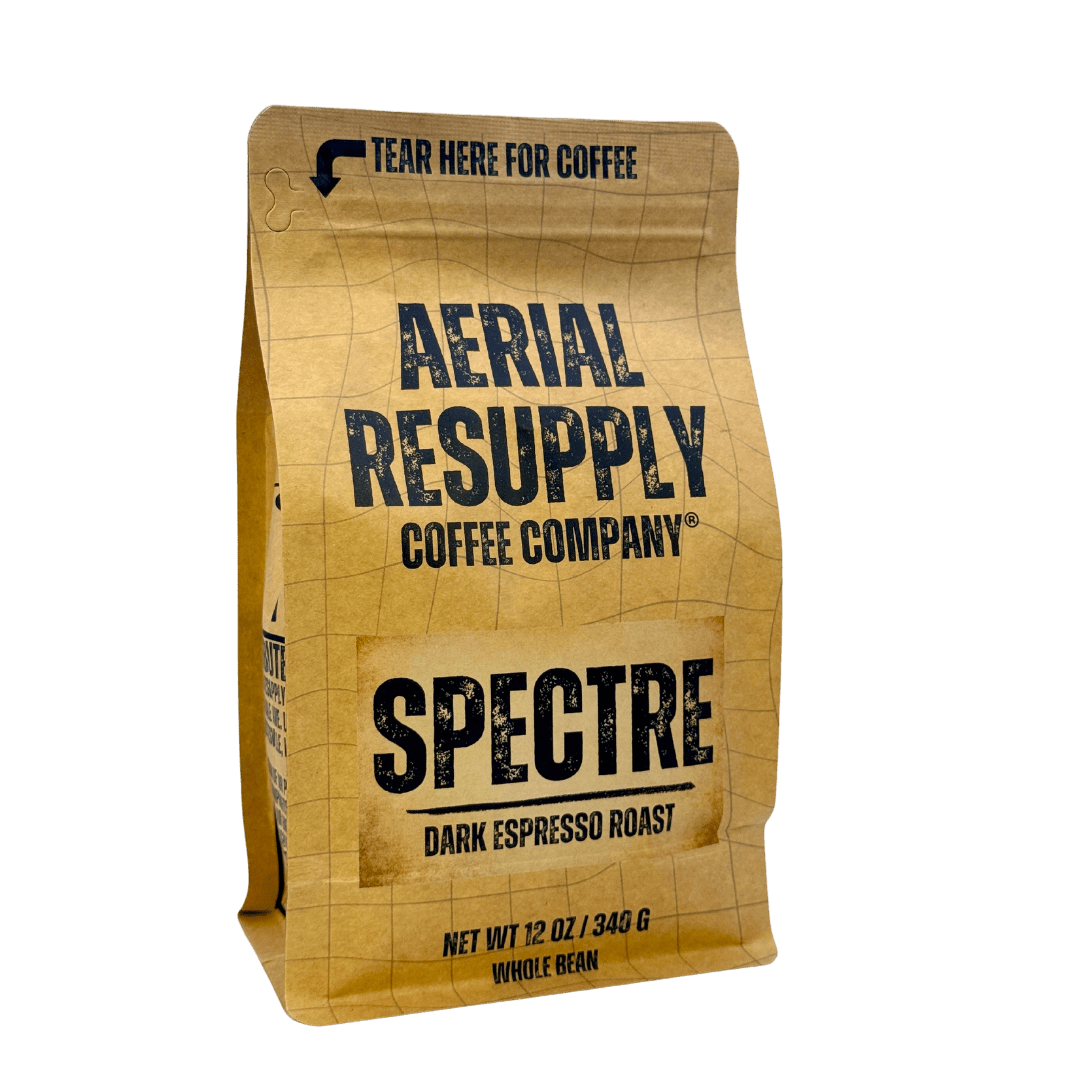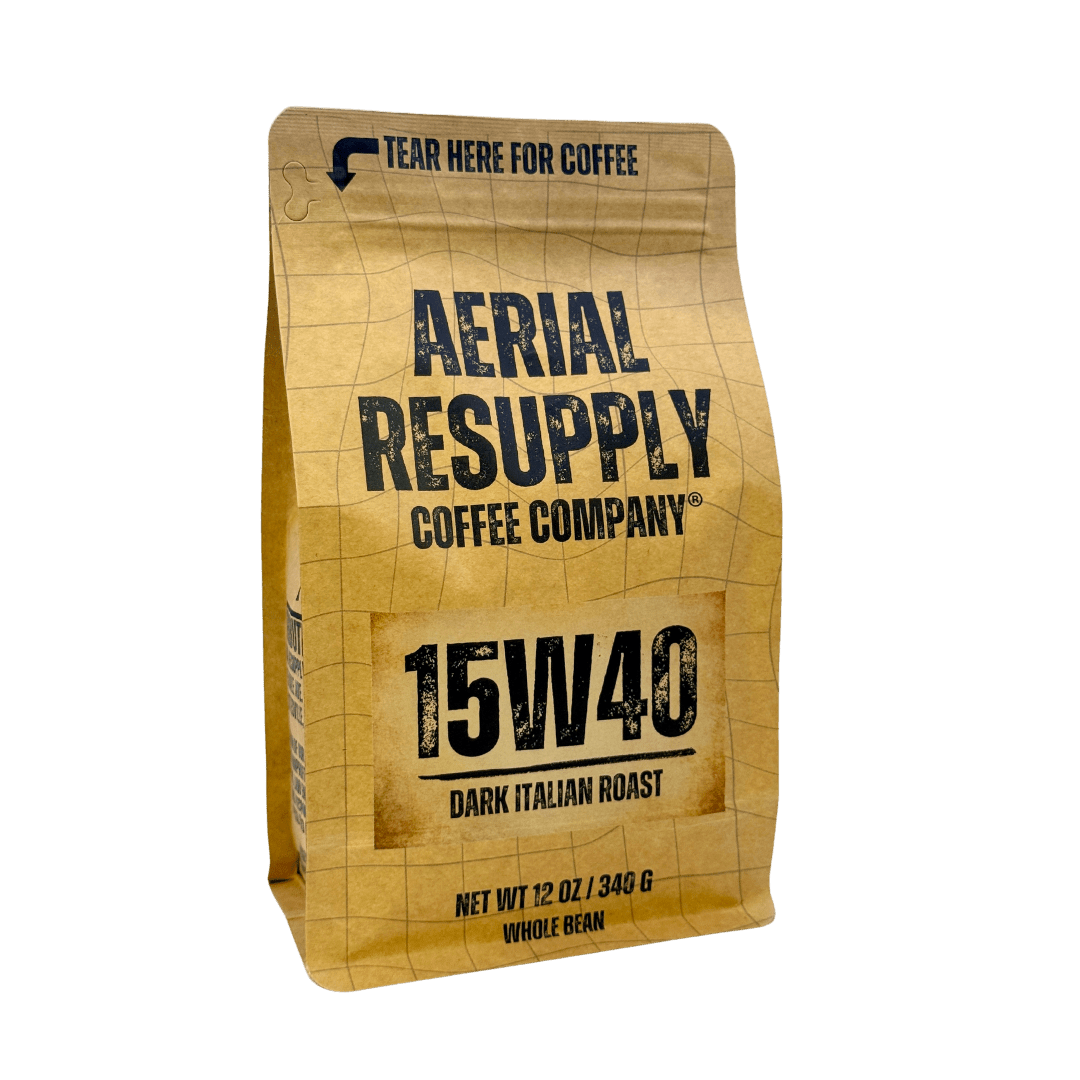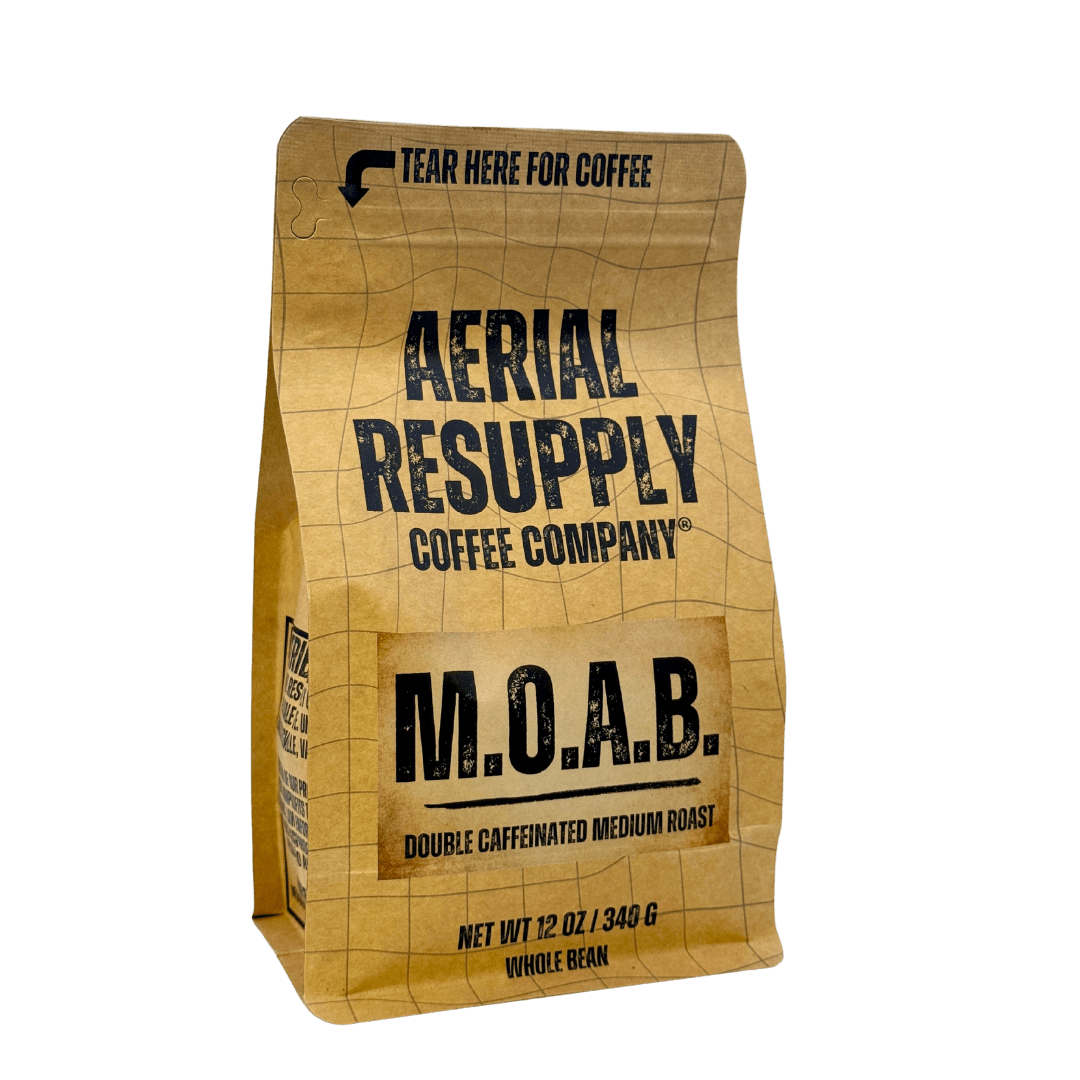Pentagon Mold Linked to Moist Hot Air from Senior Leader Briefings
Army Initially Blames Junior Enlisted for “Improper Wipe-Down Procedures”
Washington, D.C. — Mold has been discovered creeping along the walls and ceilings of several Pentagon conference rooms, prompting a swift investigation, several memos, and at least three new working groups.
While the initial response blamed “poor cleaning practices” by unnamed junior enlisted Soldiers — despite none of them being authorized within 100 meters of the E-Ring — environmental investigators quickly identified the real source: weaponized hot air from back-to-back senior leader meetings.
Mold: A Byproduct of Bureaucratic Condensation
Internal environmental reports revealed unusually high humidity levels in rooms used for strategic planning, capability development integration, and other PowerPoint-intensive activities. Engineers confirmed the humidity wasn’t the result of broken HVAC or flooding — but from relentless streams of hot air, buzzwords, and breathless acronym creation emanating from O6s and above.
“We traced the airflow patterns and found consistent thermodynamic disturbances every time a Colonel used the phrase ‘digital lethality,’” said one contractor. “The condensation formed faster than a concept of operations during budget season.”
One room — home to the Joint Strategic Development Collaboration Integration Task Force (Provisional) — had moisture levels “comparable to Fort Polk during monsoon season,” according to the report.
Which is saying something — because Fort Polk barracks are already being investigated for actual mold infestations that forced junior Soldiers to live in unsafe, health-compromising conditions. According to a recent Task & Purpose exposé, Soldiers stationed at Fort Polk were left in toxic, black mold-infested housing, even after the Army claimed it had been fixed. In that case, the mold was visible, pungent, and ignored.
“In both situations,” said one observer, “the Army’s instinct was to blame the Soldiers. At Fort Polk, they blamed the ones living in it. In the Pentagon, they blamed the ones who’ve never stepped foot inside.”
Mitigation Strategy: Talk Less. Much Less.
To address the issue, the Pentagon is piloting a new initiative called “Shut Up Thursdays,” during which no officer above O5 is allowed to speak unless directly asked a yes/no question. Preliminary results show a 62% drop in airborne humidity, a 78% improvement in morale, and zero new acronyms created.
Meanwhile, E-4s across the force have begun referring to mold as “Combat Fungus,” and are now betting on which DoD installation it will overtake next.
A CPT in the Environmental Hygiene Task Force summarized the issue bluntly:
“This isn’t just mold. This is what happens when too many senior leaders spend too much time saying nothing, in rooms with no fresh air, surrounded by 300-slide decks. We’re lucky it’s just mold. It could’ve been spores of incompetence.”
Double Standards, Mold-Wrapped
While Fort Polk Soldiers were ordered to clean, paint over, and even live in mold-ridden barracks, Pentagon officials are now reviewing options to replace entire carpets and ceilings — using emergency funds — because a Brigadier General complained of a “damp smell during his vision-casting workshop.
About the Author
Buck Hightower is a retired Army officer who once spent 13 consecutive hours in a conference room without generating a single ounce of humidity. He now dedicates his time to investigating biohazards, bureaucratic echo chambers, and the unchecked spread of strategic nonsense.







Leave a comment